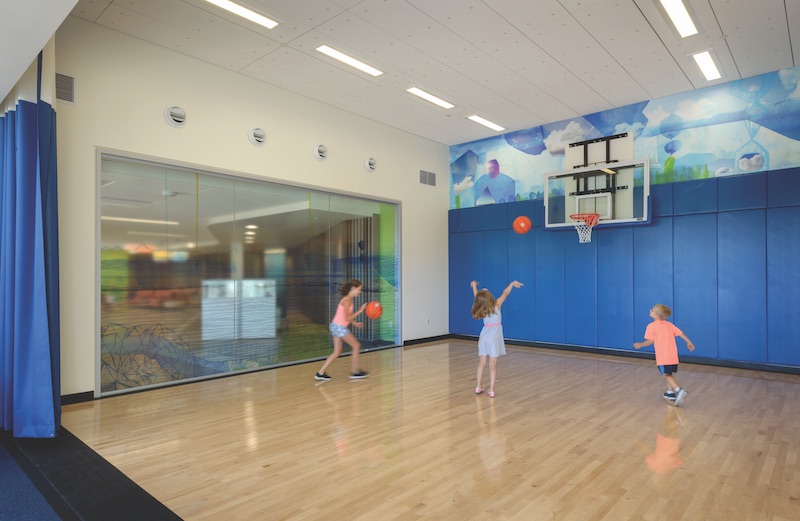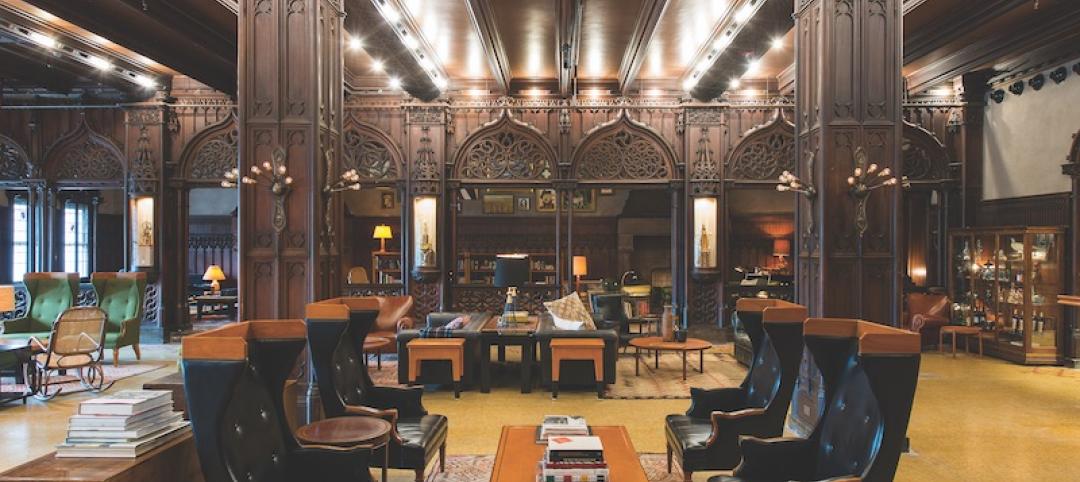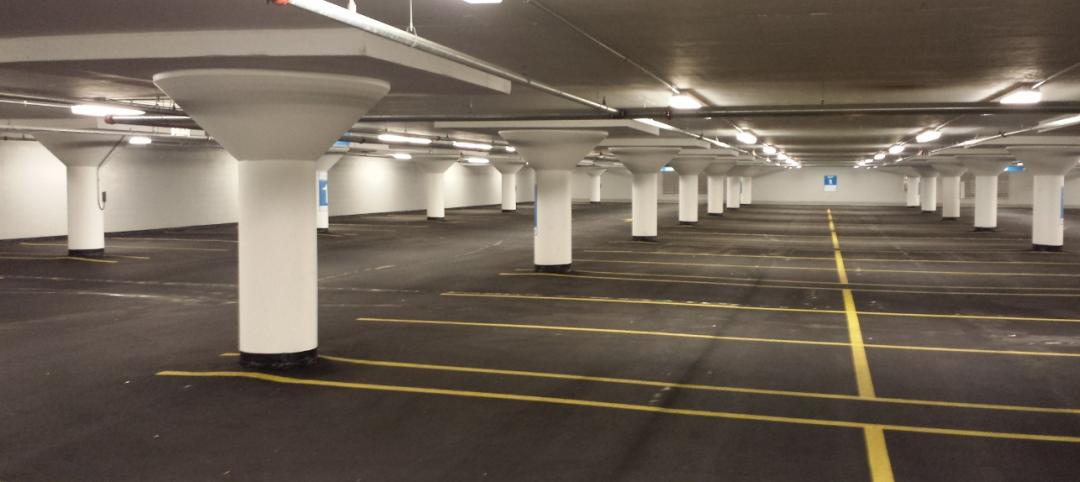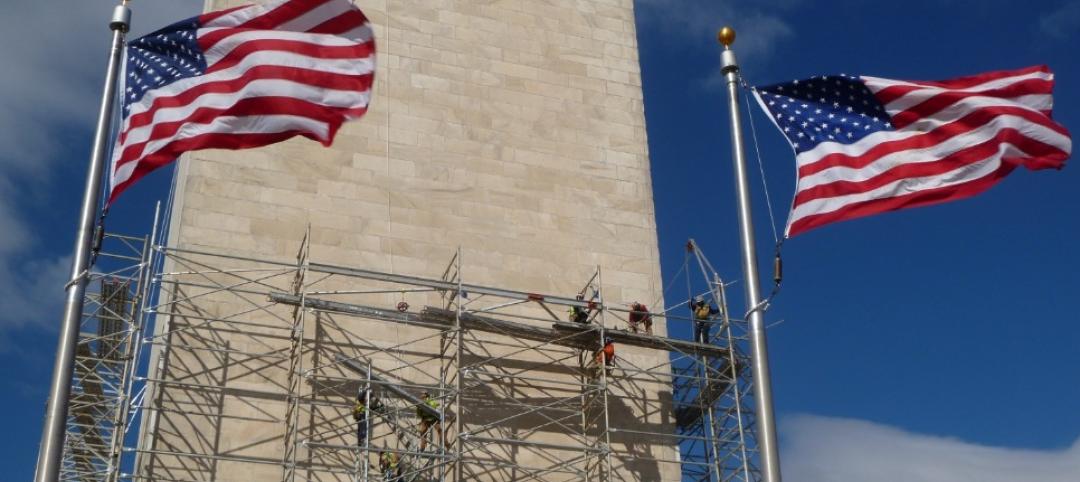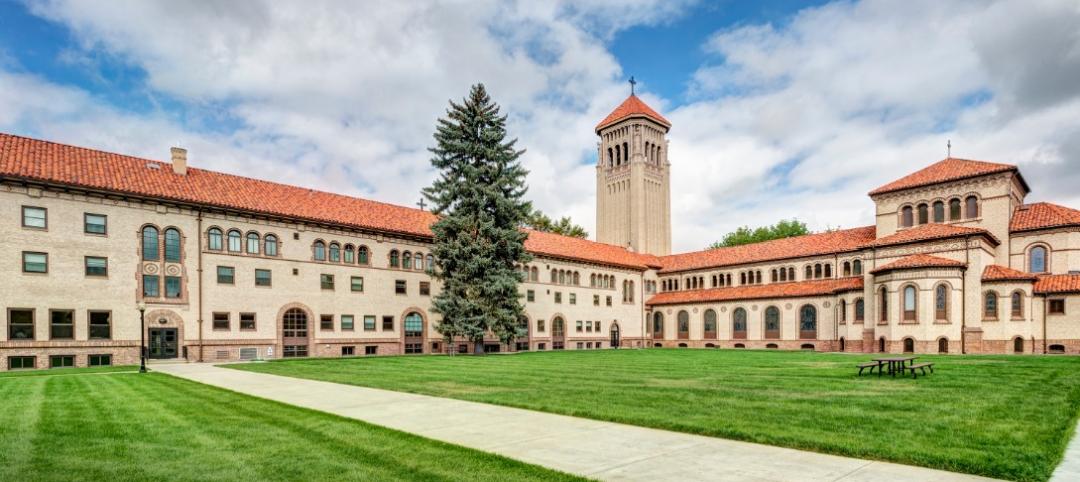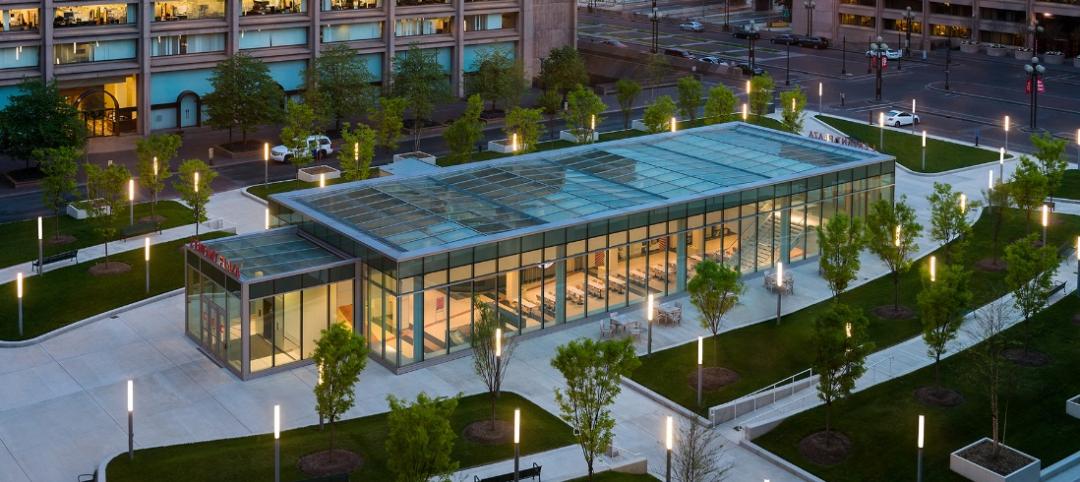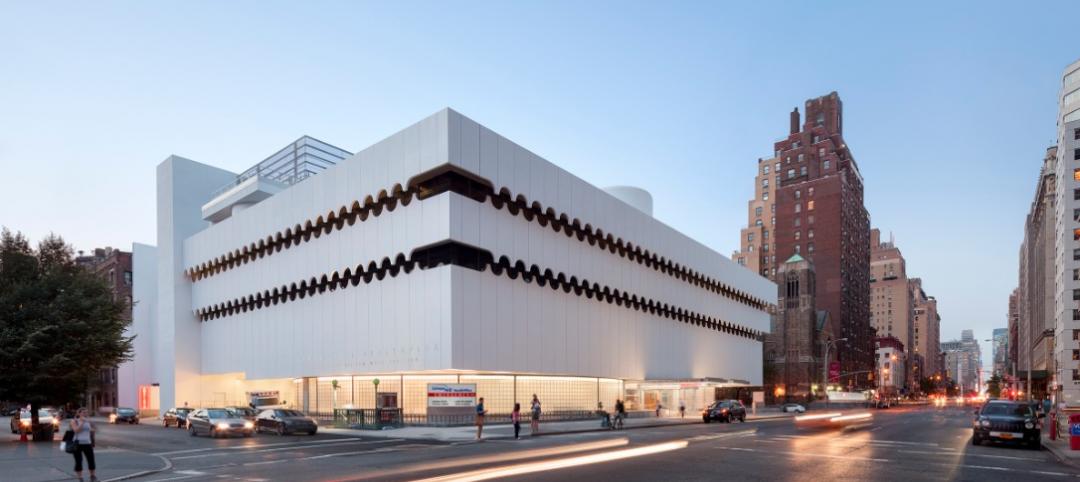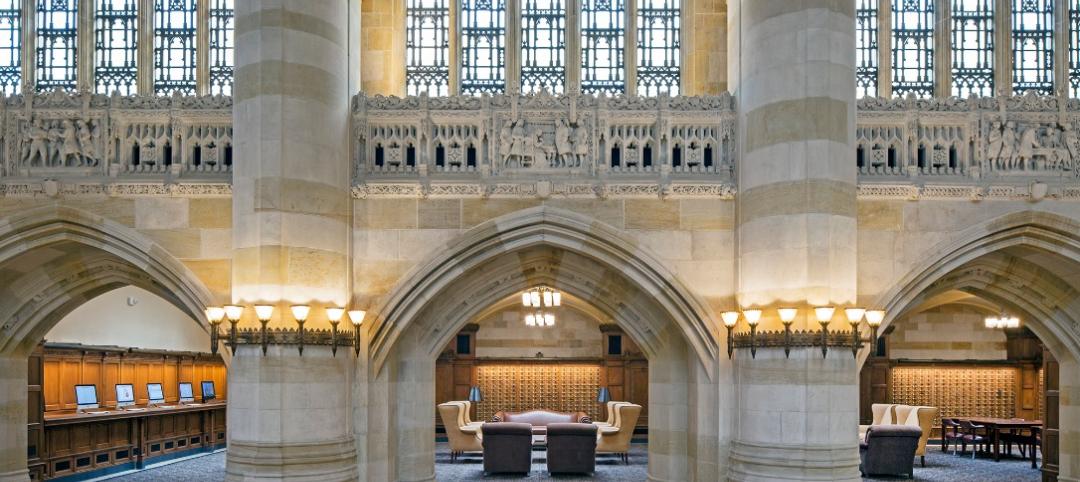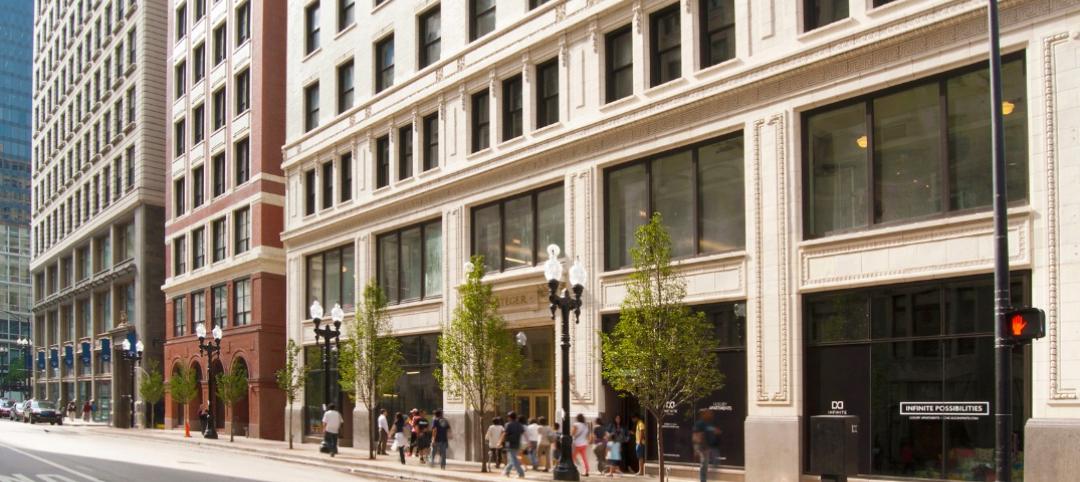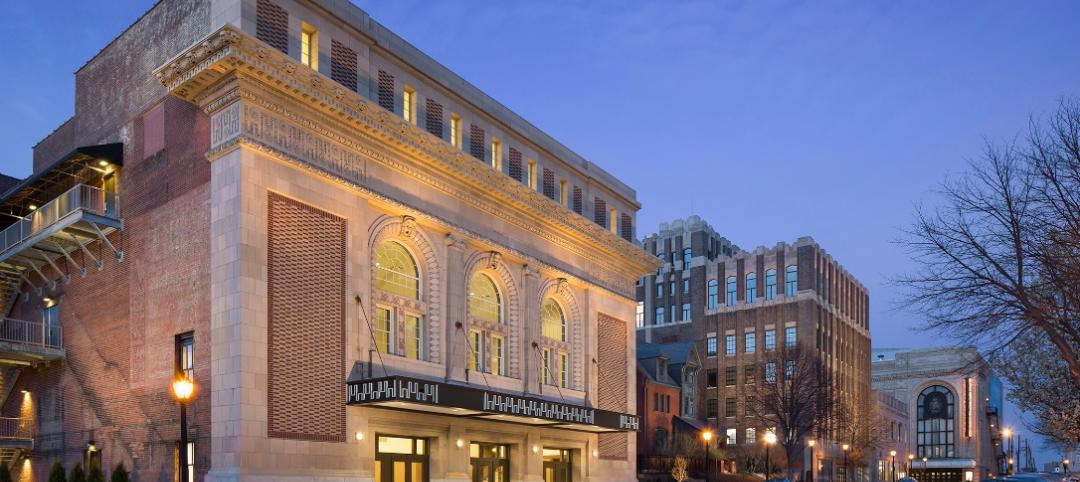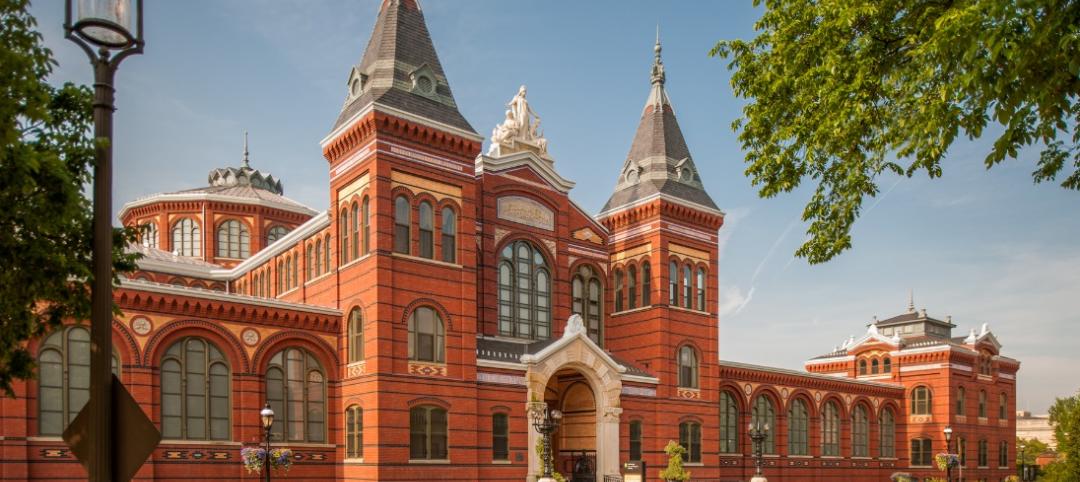A major trend in the healthcare sector is for hospitals to bring their outpatient services closer to the communities and patients they serve.
Seattle Children’s Hospital, one of the nation’s leading pediatric hospitals, has embraced the idea of opening preventive-care clinics throughout the greater Puget Sound area. In 2013, the opportunity arose to adapt a 37,000-sf former Circuit City in Federal Way, Wash., 45 miles south of the hospital’s Bellevue home base.
The hospital was attracted to the big box’s footprint: one level with wide spans between structural columns, which would facilitate a floor plan with open, flexible workspaces and modules that could incorporate labs, X-ray, ultrasound, pharmacy, and rehab therapy functions. Another bonus: the cost of adapting the big box and assuming a 20-year lease would be less expensive than leasing a medical office building in the same market.
This project could also serve as a prototype for clinics the hospital might open in other South Puget Sound markets.
“Seattle Children’s hospital is a beautiful example of adaptive reuse,” says Edoarda Corradi Dell’Acqua, Adjunct Professor at the Illinois Institute of Technology and a Reconstruction Awards Judge. “The project took advantage of the architectural and structural characteristics of the existing retail building; its location in a strip mall provides access, parking, and visibility. Furthermore, the tall ceilings and wide spaces allowed for flexible design and layout.”
The Circuit City building wasn’t exactly ideal for conversion to a healthcare facility. The hospital and its Building Team needed to come up with innovative solutions to adapt and upgrade this building, all within a 14-month construction schedule.
The client and design team, along with consultants, the contractor, manufacturers, and the city of Federal Way, engaged in 13 integrated design events to determine the best course of action to minimize waste and improve efficiency and patient outcomes. The design events advanced wider decisions, too, about the planning and program, which includes three standardized clinical modules consisting of 10 exam rooms and a team room per work area.
The most nettlesome problem was the existing building’s inability to support the mechanical and electrical improvements needed for the clinic. The solution: build an interior frame within the building so that the HVAC and electrical equipment could be installed on top of the framing. The framing also lowered the ceiling height to a more patient-friendly 10 feet, from 25 feet.
 Seattle Children’s Hospital adapted a former Circuit City, its first foray into adaptive reuse for clinic development. The reuse leveraged the retail strip’s existing parking lot and proximity to shopping destinations. ZGF Architects led 13 integrated planning meetings with the client, the city, product manufacturers, and other firms on the Building Team. Courtesy of Aaron Leitz.
Seattle Children’s Hospital adapted a former Circuit City, its first foray into adaptive reuse for clinic development. The reuse leveraged the retail strip’s existing parking lot and proximity to shopping destinations. ZGF Architects led 13 integrated planning meetings with the client, the city, product manufacturers, and other firms on the Building Team. Courtesy of Aaron Leitz.
A section was left at 16 feet high for an indoor basketball court used for pediatric orthopedic therapy and sports medicine.
The internal framing required that the building envelope be brought up to code for a healthcare facility. A seismic retrofit was conducted, with structural improvements made to existing columns.
Environmental abatement wasn’t necessary. But the hospital still decided to create a system that allows for continuous monitoring of air quality. A series of pipes was installed within a bed of gravel beneath the floor slab. The pipes run through a cavity between the ceiling and the roof, and the testing mechanism monitors the air coming from the pipes.
The client and Building Team built in more time to explore and consider design and construction options. The team also had the time to confer with the city about permits, planning, and Federal Way’s economic development goals.
Planning meetings among designers, vendors, and the contractor resolved issues for the execution of the building’s design. These meetings were particularly useful in expediting the design of the building skin.
“We brought everyone in early and allowed the sub to be an active participant to finalize the design aspects,” recalls John Schuh, Vice President with Aldrich & Associate, the project’s general contractor.
Streamlining processes and collaboration helped shave $400,000 off the overall project’s cost. Since this facility opened, the clinic has reported two major practice flow improvements: the elimination of duplicate medical records collection, and better communication of return patient visits between physicians and the reception staff.
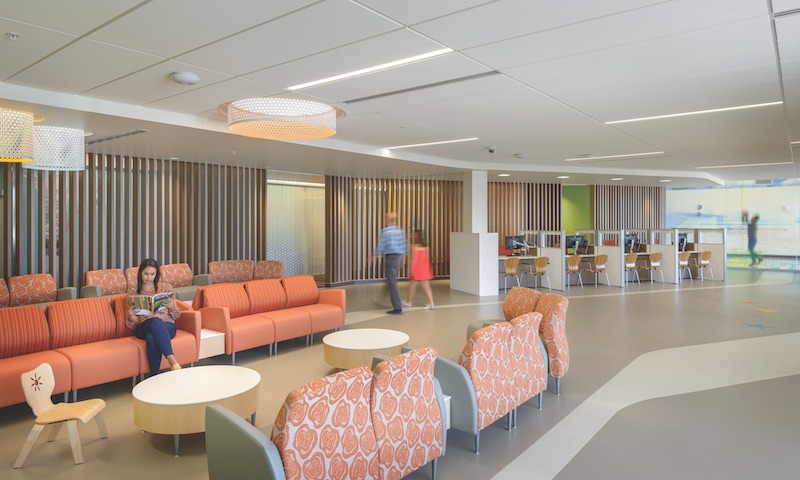
An internal building frame provided a structural backbone from which mechanical and electrical systems could be suspended. The framing supports the column-free spans that lowered the 25-foot ceiling height to 10 feet for a more appropriate visitor and patient experience. Courtesy of Aaron Leitz.
PROJECT SUMMARY
Gold Award Winner
Seattle Children’s Hospital South Clinic | Federal Way, Wash.
Building Team: ZGF Architects (submitting firm, architect); Seattle Children’s Hospital (owner/developer); Coughlin Porter Lundeen (SE); Affiliated Engineers (MP and fire protection project manager); Stantec (electrical engineer), Owners Project Resources (CM); Aldrich & Associates (GC).
Details: 37,000 sf. Construction time: August 2014 to June 2015. Construction cost: Confidential. Delivery method: Design-bid-build (GC-CM).
Related Stories
Reconstruction Awards | Nov 11, 2016
Exclusive Chicago club re-emerges as a boutique hotel
Built in 1893 for the World’s Columbian Exposition, the CAA was an exclusive social club founded by leading figures in American sports and commerce.
Reconstruction Awards | Dec 1, 2015
Massive Chicago parking garage gets overdue waterproofing
Millennium Lakeside Garage, the largest underground parking facility in the U.S., hadn’t been waterproofed since the 1970s. The massive project took nearly 2½ years and 33,554 man-hours.
Reconstruction Awards | Nov 30, 2015
Washington Monument restored after 2011 East Coast earthquake
This restoration and repair project, which was completed under budget and eight days early (despite several setbacks), involved re-pointing 2.5 miles of mortar joints, repairing 1,200 linear feet of cracks, and installing 150 sf of Dutchman repairs. Construction took place from November 2011 to May 2014.
Reconstruction Awards | Nov 30, 2015
Denver's 107-year-old seminary campus modernized
The scope of the project included the seminary dorms, library, and chapel, all of which posed their own set of obstacles.
Reconstruction Awards | Nov 24, 2015
Center of I.M. Pei-designed plaza part of Washington redevelopment
The L’Enfant Plaza, a three-story below-grade mall, was renovated to include a new glass atrium pavilion and a 40-foot-long, interactive LED.
Reconstruction Awards | Nov 24, 2015
Manhattan's first freestanding emergency department a result of adaptive reuse
The Lenox Hill Healthplex, a restoration of the Curran O’Toole Building, has glass-block walls and a carefully preserved exterior.
Reconstruction Awards | Nov 19, 2015
Nave restored at Yale’s Sterling Memorial Library
Turner Construction and Helpern Architects revived the 150-foot-long nave, which was embellished with stained glass windows by G. Owen Bonawit, stone carvings by René P. Chambellan, and decorative ironwork by Samuel Yellin.
Reconstruction Awards | Nov 19, 2015
Infinite Chicago redevelopment bridges past to present
The renovation of three historic downtown buildings—the Gibbons and Steger Buildings and Pickwick Stables—includes a multi-level concrete walkway connection.
Reconstruction Awards | Nov 18, 2015
Sun Theater serves the youth of St. Louis
Lawrence Group and property owner TLG Beaux Arts raised $11 million to restore the 26,000-sf theater into a modern performance venue.
Reconstruction Awards | Nov 17, 2015
Smithsonian Institution’s Arts and Industries Building again an exposition and museum space
After removing decades’ worth of unfortunate additions to expose 17 historic interior spaces for the National Historic Landmark, the Building Team zoned in on the client’s key concern.


